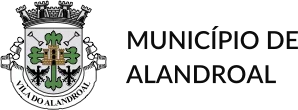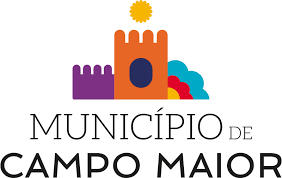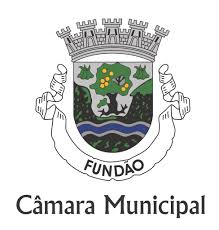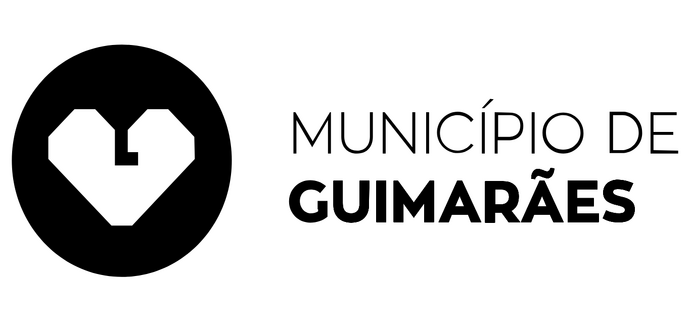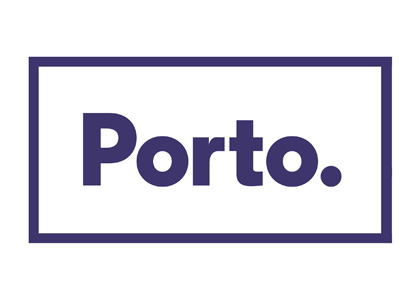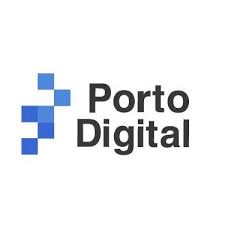StorySense
The project, financed by RE-C05-i08 – “Ciência Mais Digital” - PRR" within the call: Artificial Intelligence, Data Science and Cybersecurity of relevance in Public Administration, aims to develop artificial intelligence algorithms, with a focus on natural language processing, to facilitate the understanding of municipal council meeting minutes. The expected outcome is a functional prototype that provides these minutes in a structured format, enabling citizens, journalists, and policymakers to access organized information about the topics discussed during council meetings. This includes relevant events grouped by council departments and the stances taken by each municipal council member. To achieve these objectives, collaboration protocols have been established with five municipalities (Alandroal, Campo Maior, Covilhã, Fundão, Guimarães, and Porto) and an association (Porto Digital). The research team is led by faculty members and researchers from INESC TEC, the University of Beira Interior, and the University of Porto.
Team
Partners
Resources
Publications
Events
News
Media
